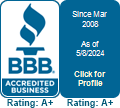Posted May 9th, 2023 at 2:35 pm by Philip Kendall
Garage door bottom seals act like a garage door gasket. They keep water, debris and small animals from coming in under the bottom of your garage door. Since there are a variety of different types of bottom seals and retainers, deciding which type to use can be difficult. Twin contact bottom seals are one of several kinds, and might be the ideal choice for your needs.
Historically, garage door bottom seals had two parts: a flap that blocked the bottom of the door, and a horizontal part that attached the seal to the door. Today, there are two other types of garage door seals. One type has a bulb as well as a flap hanging down from the door. When the door closes, it pushes the bulb and flap together, sealing the door. The other type of seal comes in two separate pieces: the retainer, which attaches to the bottom of the garage door, and a bulb or flap that slides into the retainer from the side.
Twin contact bottom seals come in three types: C-channel, L-shaped, and tongue & groove.
C-Channel
C-channel twin-contact bottom seals typically have to match the thickness of the door. They come in three sizes: 1 3/8 inch, for wooden residential doors; 1 3/4 inch, for wooden commercial doors; and two inches, for two-inch residential and commercial doors. C-channel bottom seals have material on both sides of the door. As a result, it is doubly important that the width match the thickness of the door. Otherwise, the bottom seal will not fit.
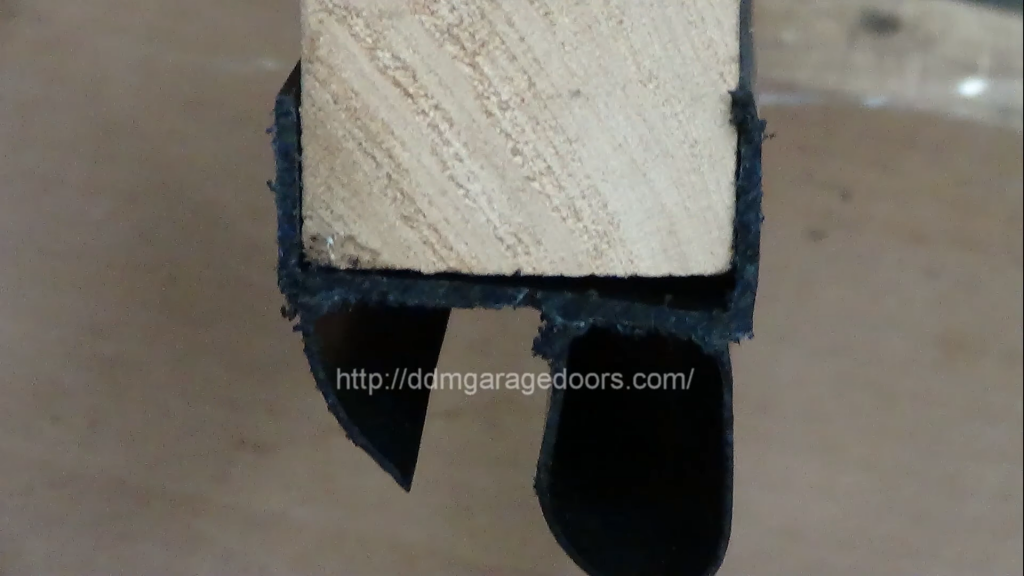
L-Shaped
L-shaped twin-contact bottom seals also come in different sizes to match the thickness of the door. 1 3/8 inch L-shaped seals fit on residential wooden and steel doors. 1 3/4 inch L-shaped bottom seals fit on commercial doors as well as two-inch doors. Because L-shaped seals only cover one side of the door, it is not as essential to match the seal to the door thickness as it is with C-channel seals. Getting the right size of seal will still make the seal work better, however.
L-shaped retainers can also be used on doors with slots for tongue & groove retainers.
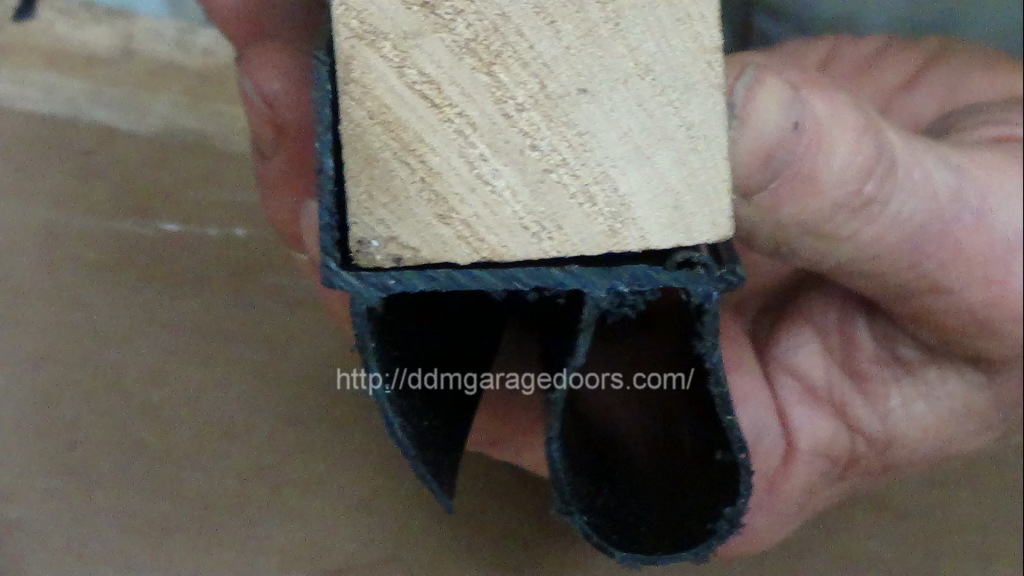
Tongue & Groove.
Some garage doors have an indentation or a trough running along the bottom of each section. These are tongue & groove doors. Tongue & groove seals have a corresponding ridge running along the top of the seal that binds them more closely to the door.
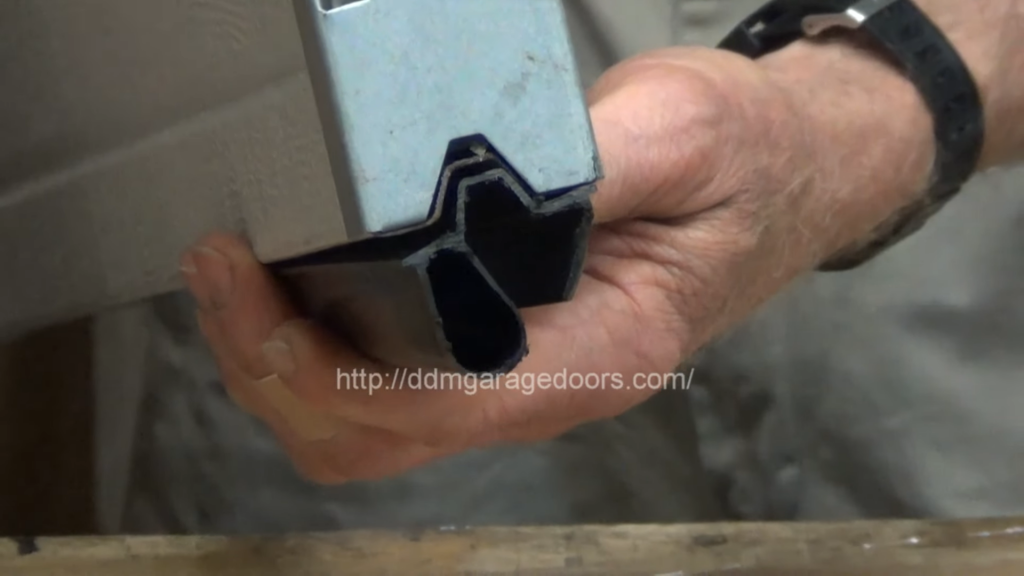
If your door is a tongue & groove door, you can also cover it with L-shaped bottom seals.
Which Seal Should I Use?
There are several criteria to use when deciding what bottom seal is best for your door.
Twin Contact or Regular Bottom Seal?
There are advantages and disadvantages to both types of bottom seals. Twin contact seals tend to do a much better job than ordinary bottom seals. However, they are also thinner and have a shorter lifespan, often lasting only five to ten years. Ordinary bottom seals do not do as good a job at sealing the bottom of the garage door. However, they are more durable and consequently last much longer.
In addition, ordinary bottom seals can be rolled up and put in a box for easier shipping. Twin contact seals are too rigid to be easily rolled up and put in a box. Instead, we ship them in eight-foot lengths. This can cause a problem if two eight-foot lengths do not quite line up, leaving a gap in the door.
There are also bottom retainers that come separately from the seal. Aluminum bottom retainers can last up to twenty years when not exposed to high levels of moisture or salt. Plastic retainers usually last about ten years, roughly the same amount of time as twin contact seals. However, bottom retainers are as rigid as twin contact seals or more so, meaning they are just as difficult to ship.
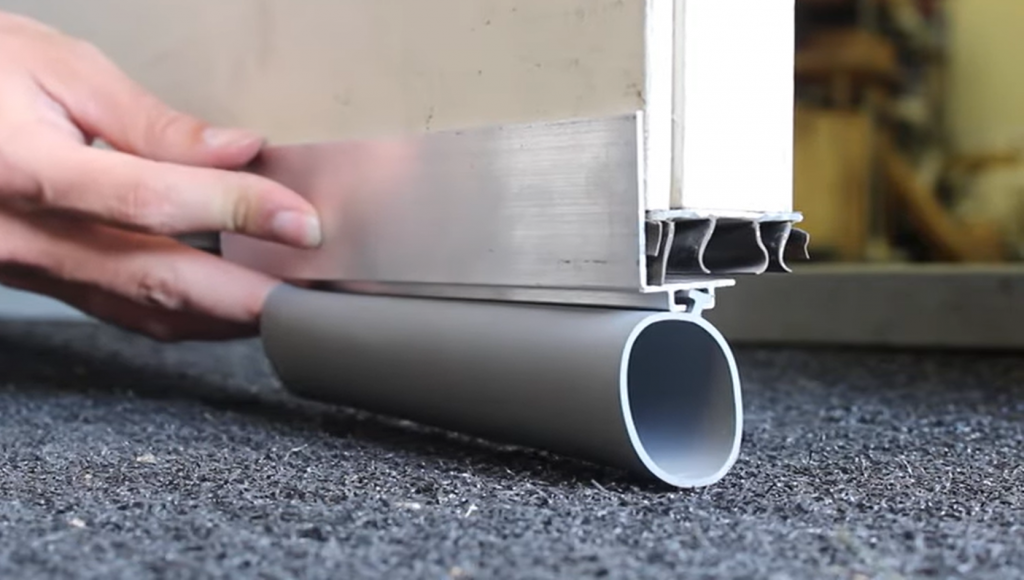
Which Type of Twin Contact?
Once you have decided to use a twin contact bottom seal, you will need to determine how wide you need the seal to be and what kind of seal to use.
First, determine the thickness of the door. Before anything else, the seal has to fit your door.
Once you know how wide you need your seal to be, choose the seal that is easiest to use and best fits your door. There is no reason to do extra work in order to get the same result.
Third is price. Once you know what kind of bottom seal you need, choose the product that does the job with the least amount of money. A bigger seal will not necessarily do a better job of sealing your door, but, it will drive up the cost.
A fourth point to consider is if there are any special requirements for your door. If the bottom of the door has been damaged by rust or rot, C-channel retainers can be used to cover the damage and prevent further deterioration.
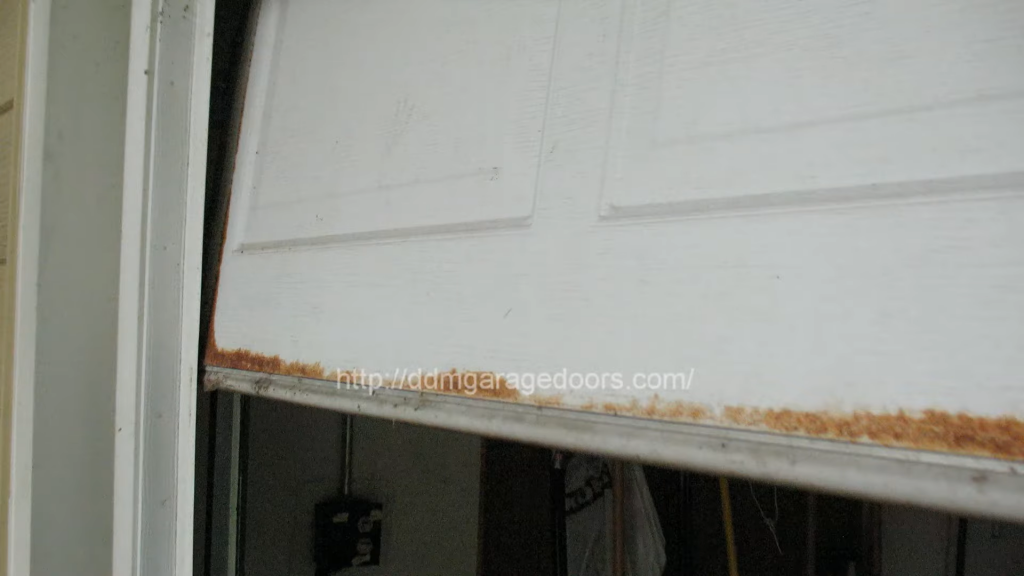
Make sure to weigh all the options and choose the right product for your door. Whatever you need, DDM has a large variety of bottom seals and related garage door products to choose from.
This entry was filed under How Garage Doors Work, Products. You can follow any responses to this entry through the RSS 2.0 feed.

